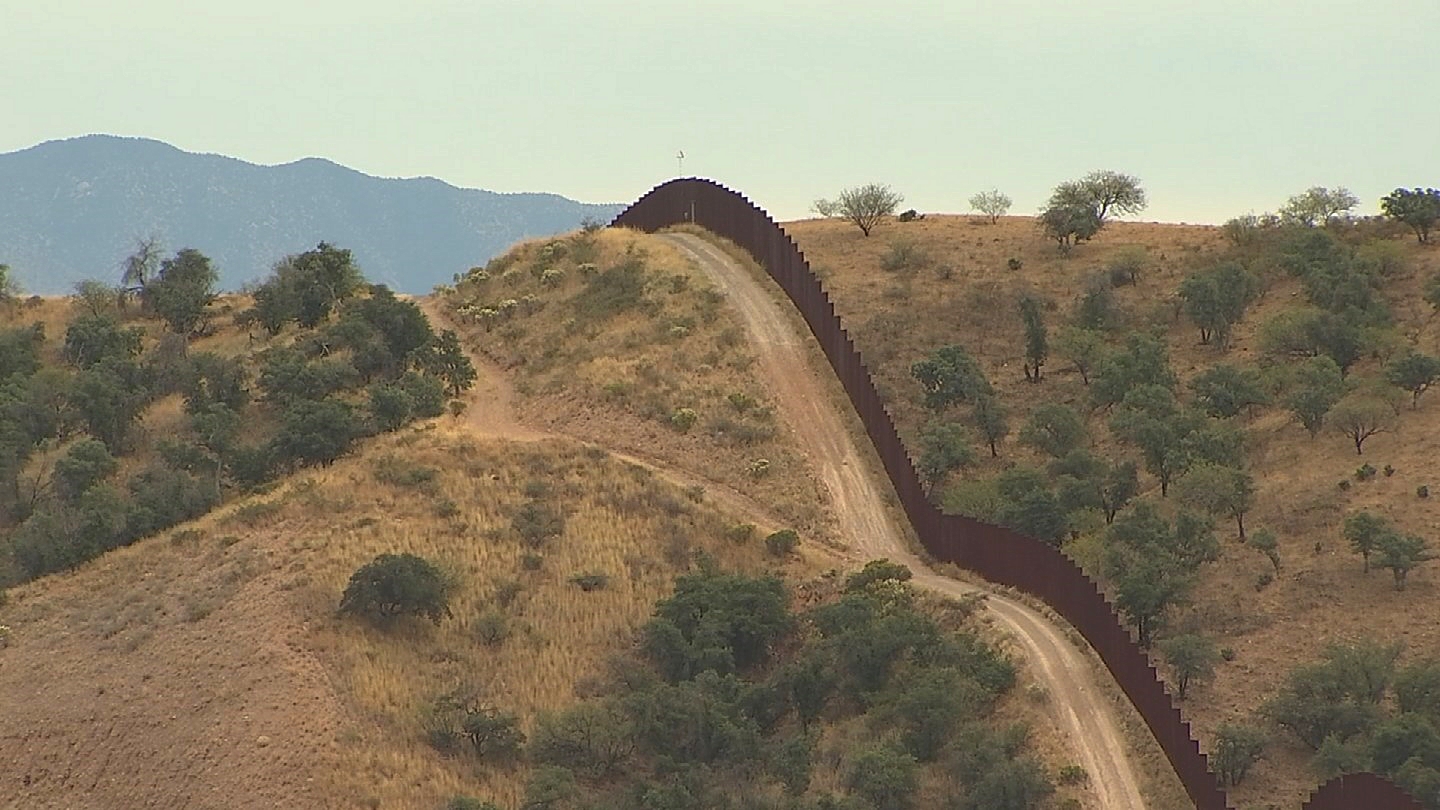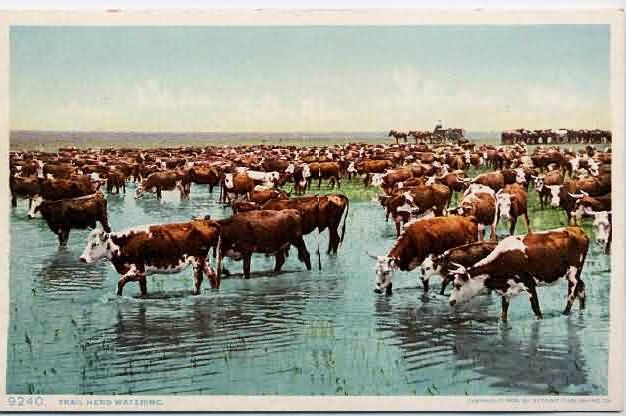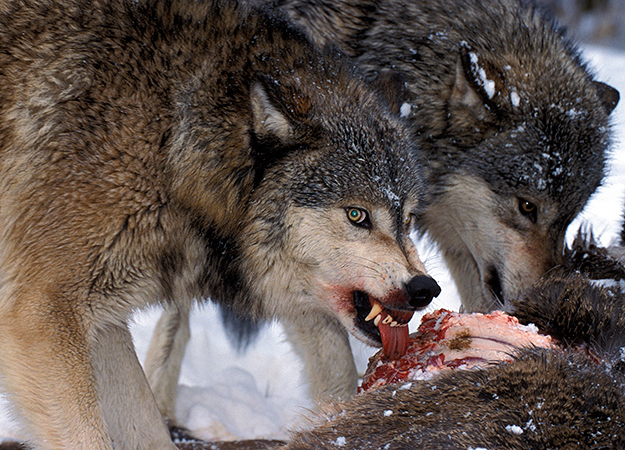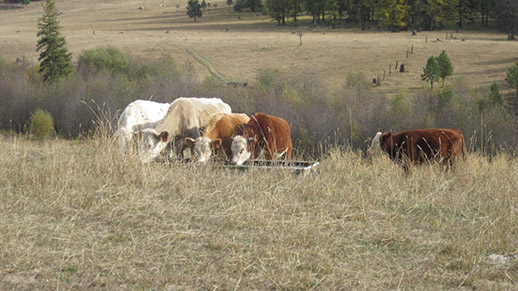“The Border Patrol are in the Tucson station, which is 80 miles north of the border,” said Chilton, criticizing what is known as the “depth in defense” strategy. “It takes them several hours to go to the border after morning briefings and checking the vehicles, but they won’t stay at the international border.”
Arizona border rancher: Our border agents patrol ‘10 yards behind the line of scrimmage’

Is our government trying to stop and deter the invasion at the border, or is it simply trying to manage, process, apprehend, and arrest our way out of the problem? This question has real-life consequences for Jim Chilton, a prominent Arizona rancher who owns one of the largest properties on the border.
Jim and Susan Chilton own a 50,000-acre ranch south of the tiny town of Arivaca in Pima County, Arizona. Their ranch is 12 miles west of the Nogales point of entry, with rugged terrain separating the checkpoint and all its law enforcement assets from his “no man’s land,” which includes 14 miles of international border. According to Chilton, there is nothing close to a permanent Border Patrol presence at the border where his ranch is located, and his property has become a known drug and human smuggling route for the cartels, who are constantly surveilling his property. “My ranch is essentially controlled by cartel scouts,” says the fifth-generation rancher, who is wondering why the agents don’t permanently camp out right at his border.
“The fact is the Sinaloa Cartel has cartel scouts on our mountains and they have telephones with satellite encryption and high-value radios,” said Chilton in a wide-ranging interview. “We’ve uncovered extremely expensive binoculars left by one of the scouts chased off by one of my cowboys. They have night vision and rolled-down solar packs on their backs, so they can keep everything charged. They are on the tops of the mountains 24/7 guiding the drug packers through the country. They can see Border Patrol 5-15 miles away and they carefully move their people through our area. It’s outrageous.”
In any other country or any other era of our history, we’d consider this an invasion. An invasion would warrant, at the bare minimum, the Border Patrol and other assets holding the line right at the border and refusing to allow any entry of cartel activity on our soil. Most of those crossing in the remote areas aren’t even the bogus asylum seekers; they are the drug smugglers. Chilton was incredulous at the notion that drugs don’t cross between points of entry and invited the media to come to his ranch and see the photos of those coming over in camo with assault rifles.
Chilton described a frustration I’m hearing from several parts of the border, namely that the policy of our government is to keep the Border Patrol stationed in operating bases far from the border, essentially ceding all the land south of their presence, allowing the cartels to whittle away our sovereignty and the security of our border ranchers. To be clear, Jim is thankful when they do come, and indeed, one agent was almost killed on his ranch after being shot by a cartel smuggler last June, but he is stupefied as to why they won’t proactively park themselves right at the border and not let anything move across.
“The Border Patrol are in the Tucson station, which is 80 miles north of the border,” said Chilton, criticizing what is known as the “depth in defense” strategy. “It takes them several hours to go to the border after morning briefings and checking the vehicles, but they won’t stay at the international border.”
Thus the Chiltons’ entire ranch is outside the protection zone, open to the criminal activity and the drug smuggling which eventually affects the rest of the country. “The real drug packers we see drop off their drugs at a GPS site and then we see them going back south to Mexico.” All while the cartels complete their smuggling, Chilton complains that he “very seldom ever sees a Border Patrol agent” unless they are called in for a specific reason.

Chilton’s entire border region only has a cattle fence that “as an 80-year-old” he can get through himself. He believes we need agents actually stationed at the border itself, with access roads, not just responding from afar.
“The Tucson station has 650 agents and has 24 miles of responsibility. That is 27 agents per mile.” Chilton believes that is a line that can be held at that level of manpower. But given that the broader area is 4,000 square miles of responsibility, if you don’t put agents right at the line to deter border-jumpers, it’s like a losing game of football to deter them “from behind the scrimmage line.”
Most of his land is leased from the Forest Service and would be easy for the feds to control. In addition to seldom seeing border agents, he rarely sees Forest Service rangers.
“Does a football team on defense line up 10 yards behind the line of scrimmage? They’d lose every time. You need to be at the line of scrimmage, not behind the line and letting these drug packers come through.”
“As soon as Trump was elected, traffic stopped, but gradually increased again and was much higher this past year than in 2017.” He said most of the traffic in his region is drugs.
“I’m really happy they are doing things at the points of entry, but that will just push them through me.”
Chilton is frustrated that the agents are busy either operating around the point of entry, dealing with the asylum seekers, or parked in Tucson.
He expressed frustration at the refusal of CBP to change strategy and proactively prevent smugglers from getting onto our soil rather than trying to apprehend them later. “They say their strategy is multi-level defense and depth, meaning you come out halfway to the border, let people walk into the country, and apprehend them after they come in 10-15 miles. I say put the team on the line of scrimmage.”
“I have offered them 10 acres near the U.S.-Mexico boundary to patrol and to rent it for a forward operating base at a rate of a dollar a year. And if you can’t afford the dollar, I’ll give it to you.”
Chilton explained how he’s had five forest fires on his ranch over the years that he and his fellow ranchers believe were set by the cartels who camp out on his property because they have free rein. “Each one cost over $2 million to put out and [was] paid by you taxpayers.”
He went on to describe numerous fires in the broader region that were traced back to “drug packers and illegal immigrants” that destroyed homes, infrastructure, and timber, at a cost of hundreds of millions “hidden in the U.S. Forest Service’s budget.”
Furthermore, he asserted that when the smugglers get into the territory, this allows the cartel members already in the country and operating in the bigger cities to come pick them up in areas where they can circumvent the checkpoints. “The cartels have cellphones and communicate with each other and split up so that the agents need to scatter even when they do apprehend them.”
Judy Keeler, a prominent cattle rancher in New Mexico’s Hidalgo County, an area that has been flooded with illegal aliens this year, corroborated Chilton’s concern over CBP’s strategy of not holding the line at the border in her state as well. She owns two cattle ranches, parts of them further north and parts closer to the border. “Just north of Highway 9, we always have a lot of Border Patrol activity on our ranch. We’d always wondered why they waited to get after the people crossing the border, until we asked an agent, one of the Border Patrol’s finest, the boots on the ground. He told us they were not allowed to apprehend anyone until they had crossed Highway 9. Even though they have the technology to watch them crossing into the U.S., the boots on the ground cannot apprehend them until the immigrants have walked the five miles from the border.”
In Keeler’s opinion, “This only makes the jobs of the boots on the ground more difficult.”
“Several years ago, when we had a wave of human crossings, the Border Patrol’s agent in charge admitted at a Border Task Force meeting in Deming, New Mexico, that they were only able to apprehend one group out of every ten crossing Highway 9.”
For his part, Chilton and four other local ranchers in Arizona have formally petitioned CBP to construct fencing, roads, and technology, as well as “forward operation bases near the border barrier to effectively secure the international boundary between Nogales and Sasabe, Arizona.”
Free Range Report
Thank you for reading our latest report, but before you go…
Our loyalty is to the truth and to YOU, our readers!
We respect your reading experience, and have refrained from putting up a paywall and obnoxious advertisements, which means that we get by on small donations from people like you. We’re not asking for much, but any amount that you can give goes a long way to securing a better future for the people who make America great.
[paypal_donation_button]
For as little as $1 you can support Free Range Report, and it takes only a moment.



